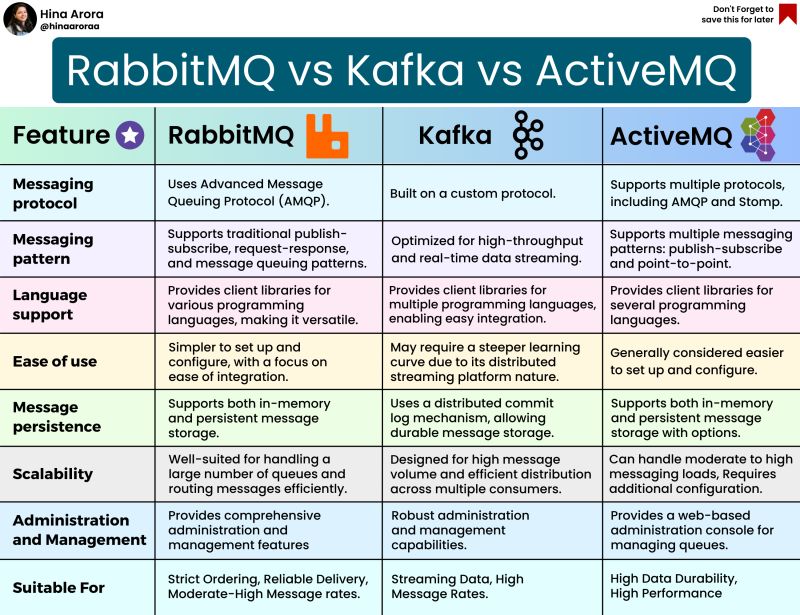Message Queue

Introduction
In the world of distributed systems, communication between different services and components is crucial. One common approach to handle this communication is through a message queue. A message queue is a mechanism that enables decoupled communication between various components in a distributed architecture. In this blog post, we will provide an overview of message queues, their benefits, and how they compare to other similar methods of communication.
Benefits of Message Queue
Message queues provide a number of benefits for distributed systems. One of the key advantages is decoupling. By using a message queue, the sender and receiver of a message do not have to be active at the same time. This means that a sender can send a message without knowing if there is a receiver ready to receive it, and a receiver can receive a message without knowing if there is a sender ready to send it. This level of decoupling allows for better scalability and fault-tolerance.
Another significant benefit of using a message queue is that it enables asynchronous communication. This means that the sender can continue with its work without waiting for a response from the receiver. Asynchronous communication is particularly useful in distributed architectures where different components may have varying response times.
Finally, message queues also provide a buffer between the sender and receiver. This buffer can help handle spikes in traffic or load, as messages are stored in the queue until they can be processed. This ability to handle varying traffic loads can help improve the overall performance and stability of the system.
Comparison between different Message Queue

Comparison to Other Communication Methods
While message queues provide several benefits, there are other methods of communication that can be used in distributed systems. One such method is Remote Procedure Call (RPC). RPC is a synchronous communication method where the sender waits for a response from the receiver before continuing with its work. This differs from message queues, which support asynchronous communication.
Another common method of communication is RESTful APIs. RESTful APIs are used to communicate between different services over HTTP. While RESTful APIs can be useful for certain types of communication, they are not well-suited for all scenarios. For example, RESTful APIs are not ideal for handling large amounts of traffic or for scenarios where there are varying response times.
Conclusion
In conclusion, message queues provide several key benefits for distributed systems, including decoupling, asynchronous communication, and the ability to handle varying traffic loads. While other methods of communication, such as RPC and RESTful APIs, may be useful in certain scenarios, message queues are well-suited to handle a wide range of communication needs. By using a message queue, developers can build more scalable, fault-tolerant, and performant systems.
Reference
https://en.wikipedia.org/wiki/Message_queuehttps://aws.amazon.com/message-queue/